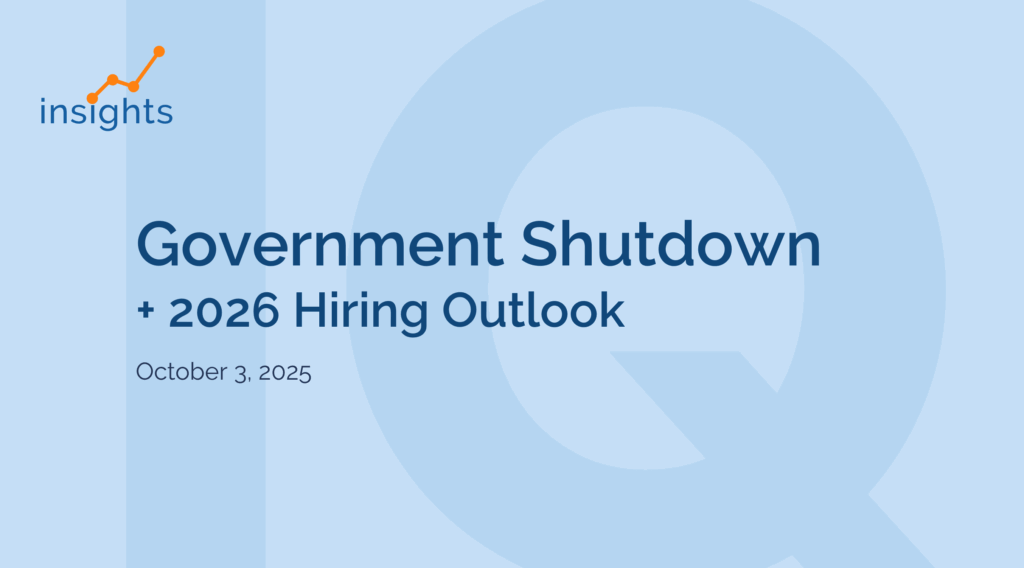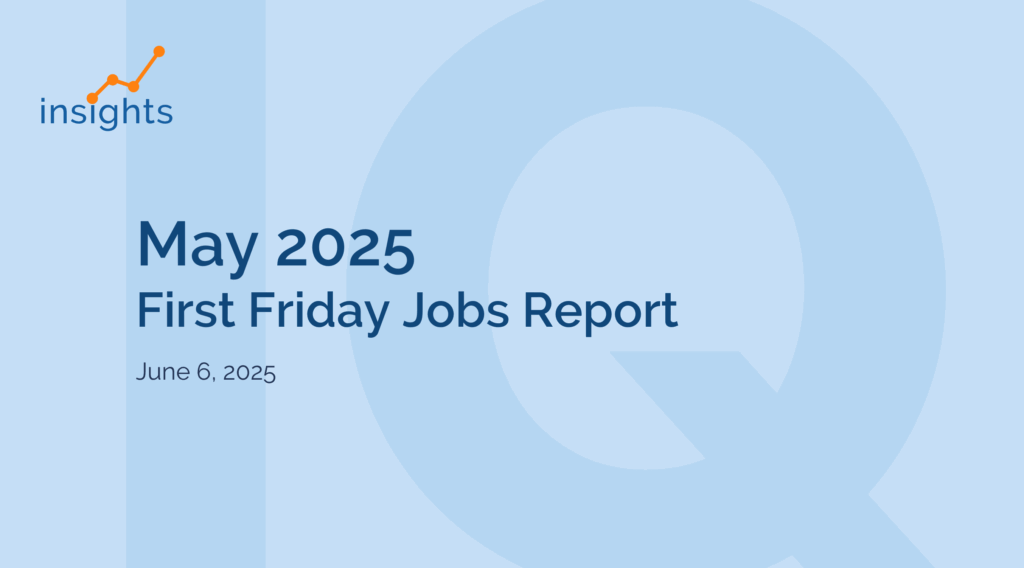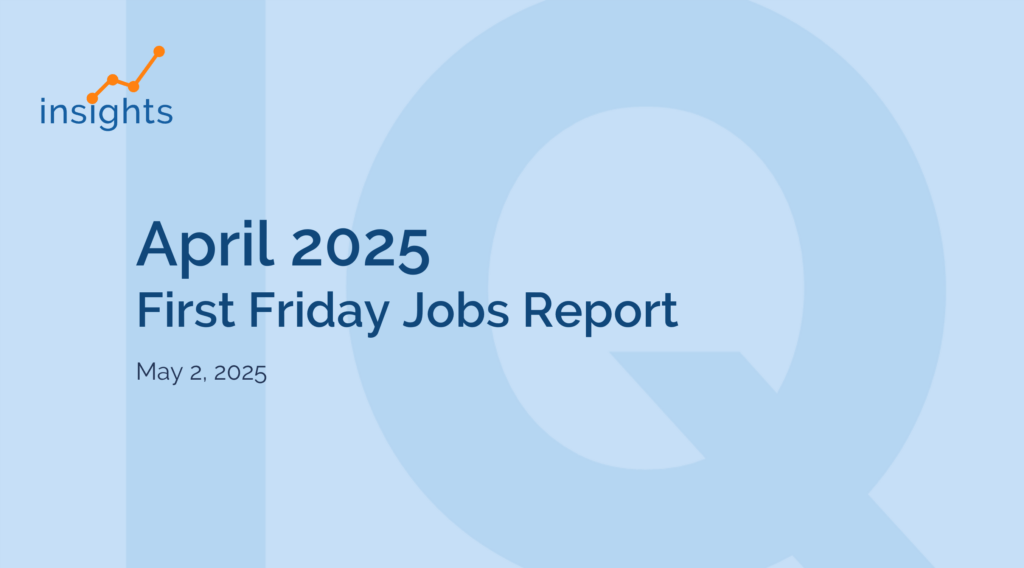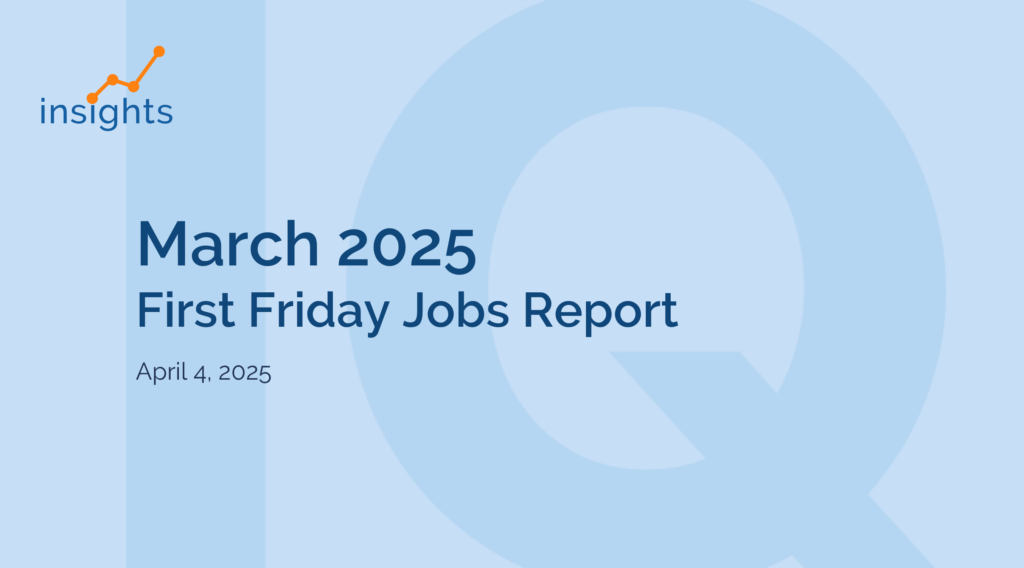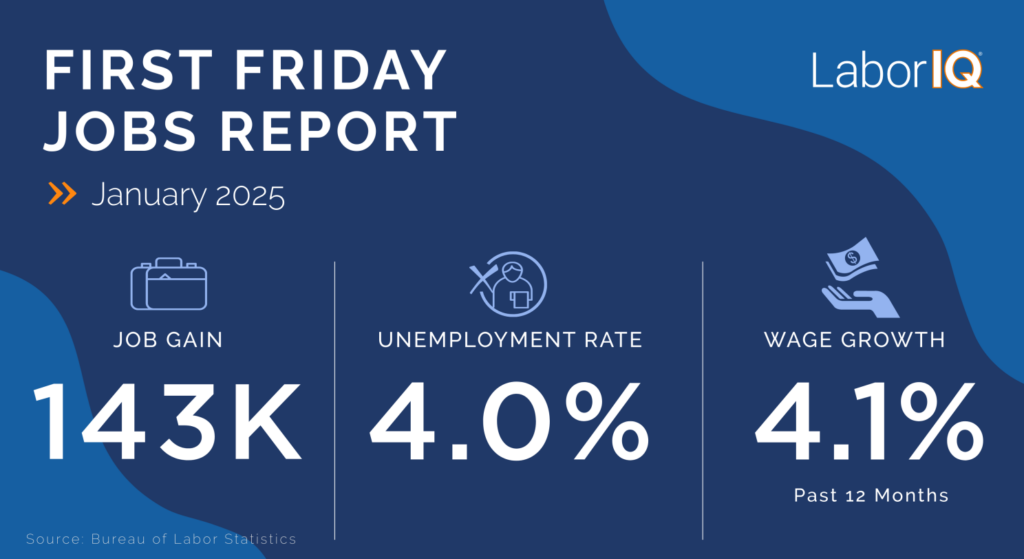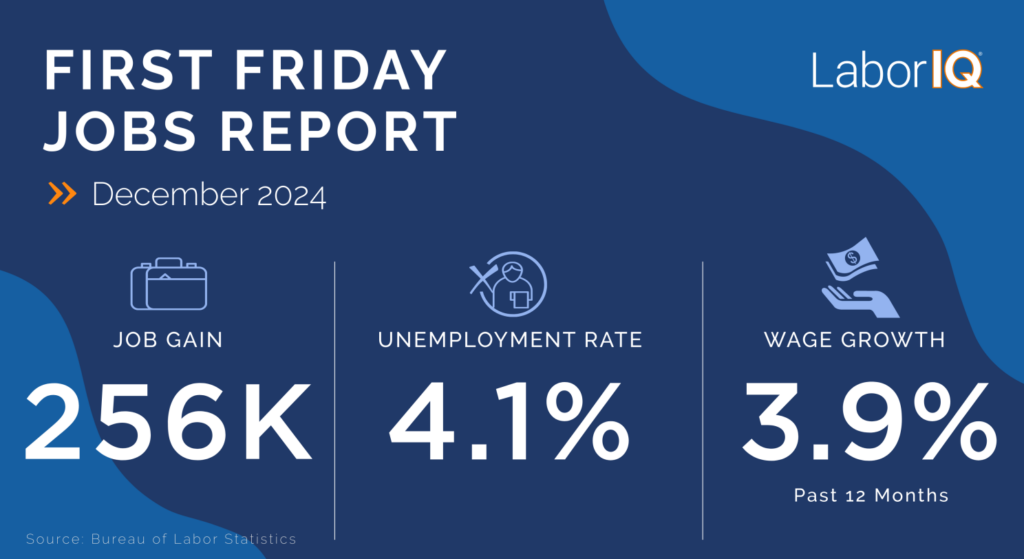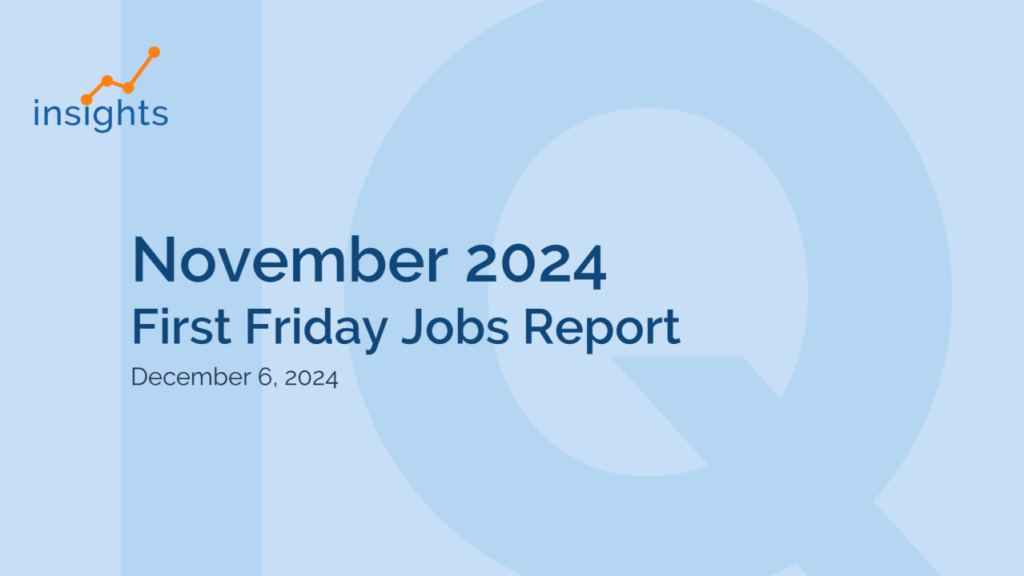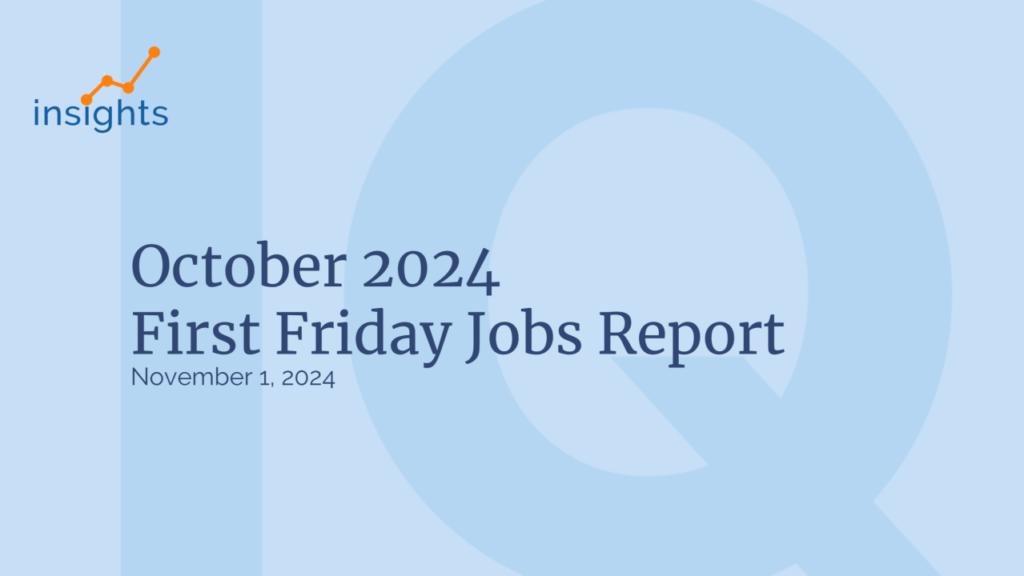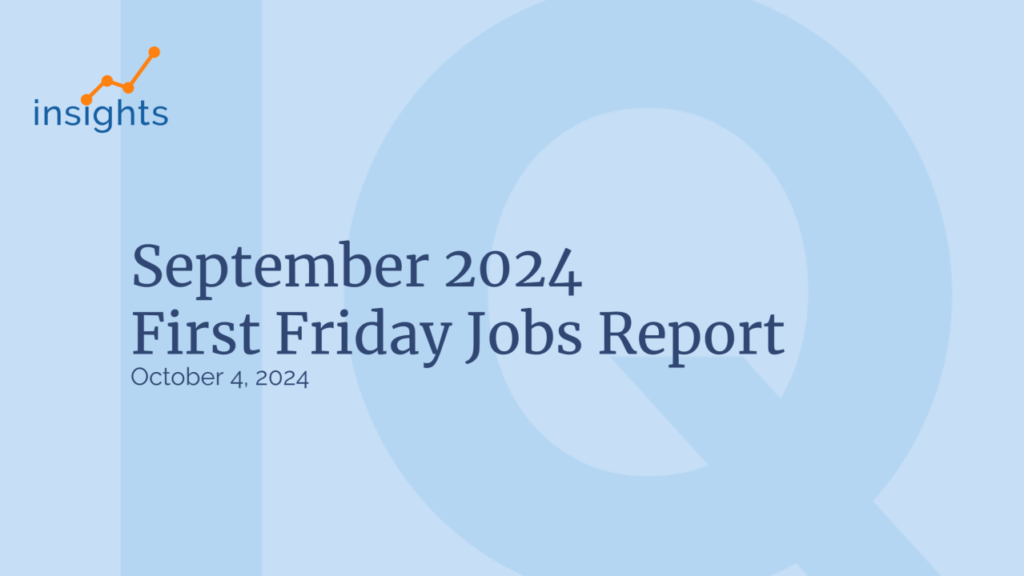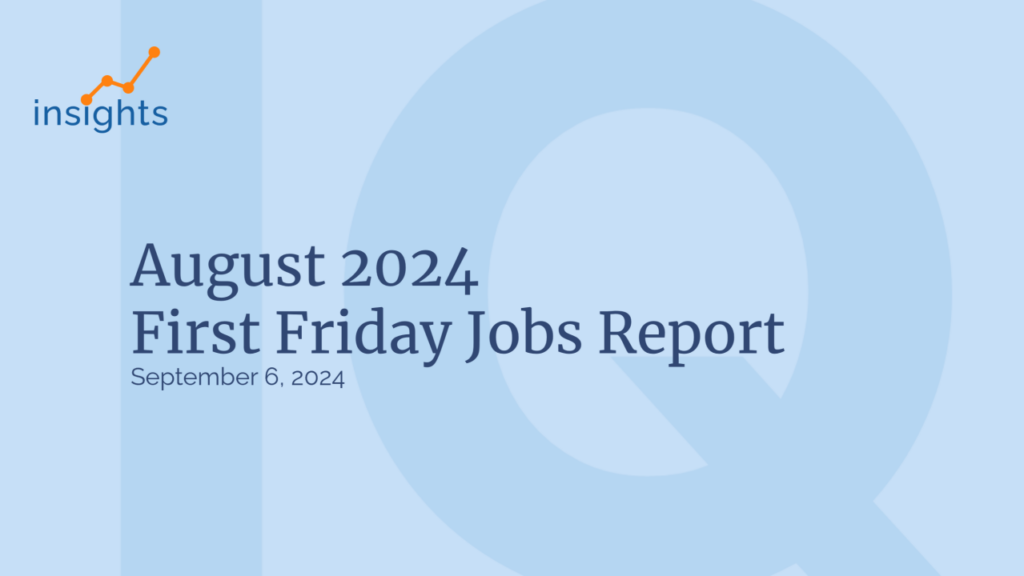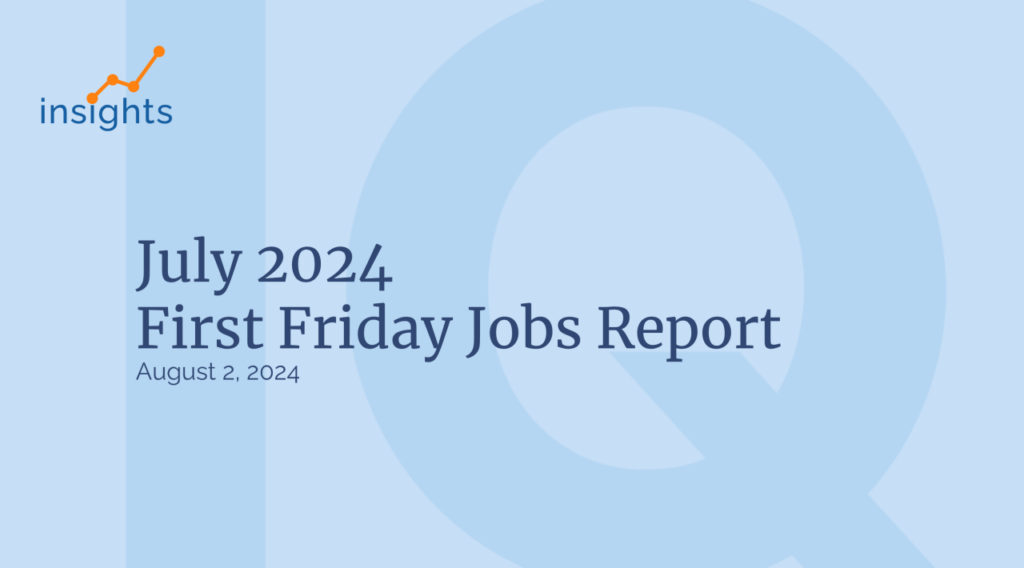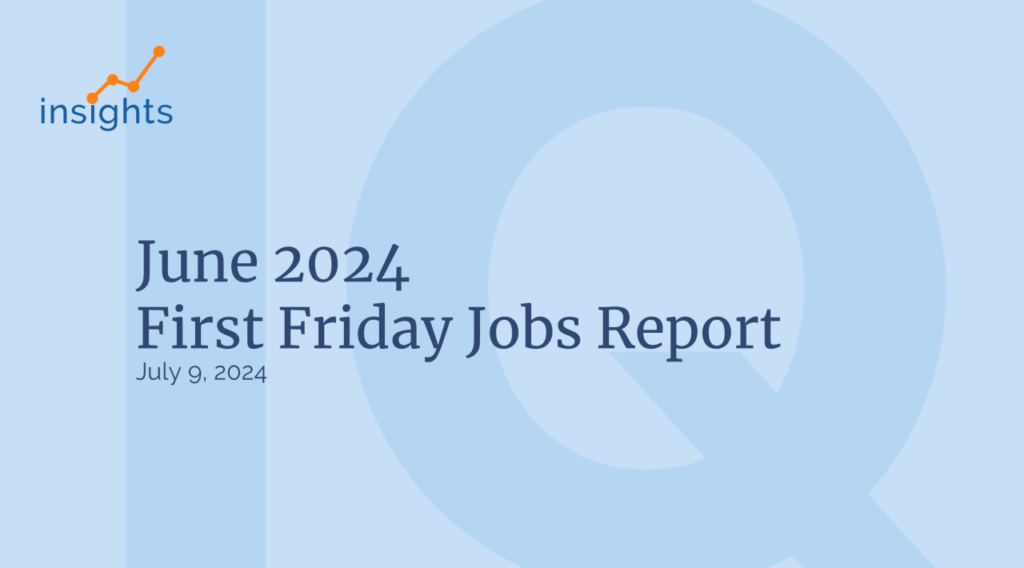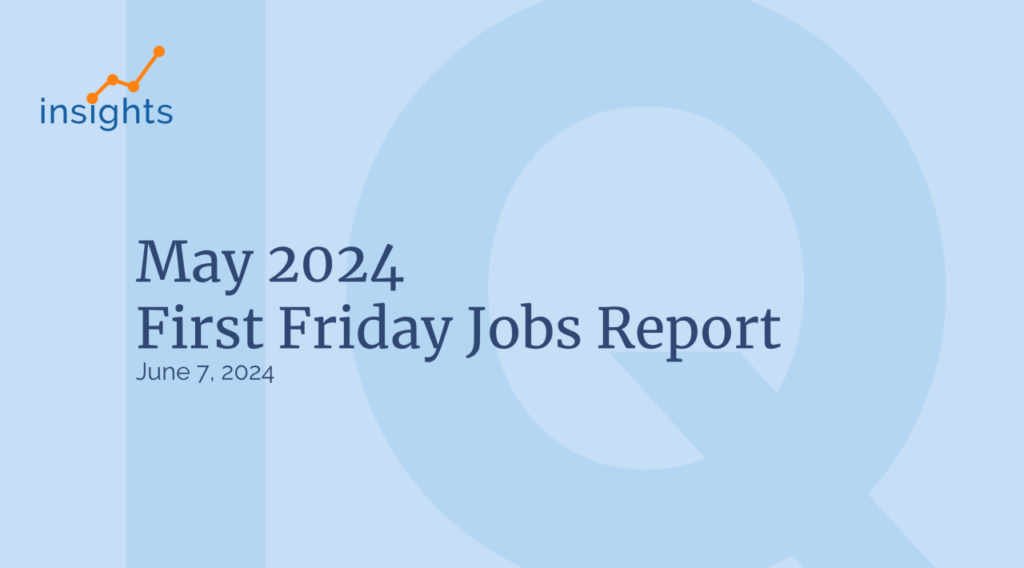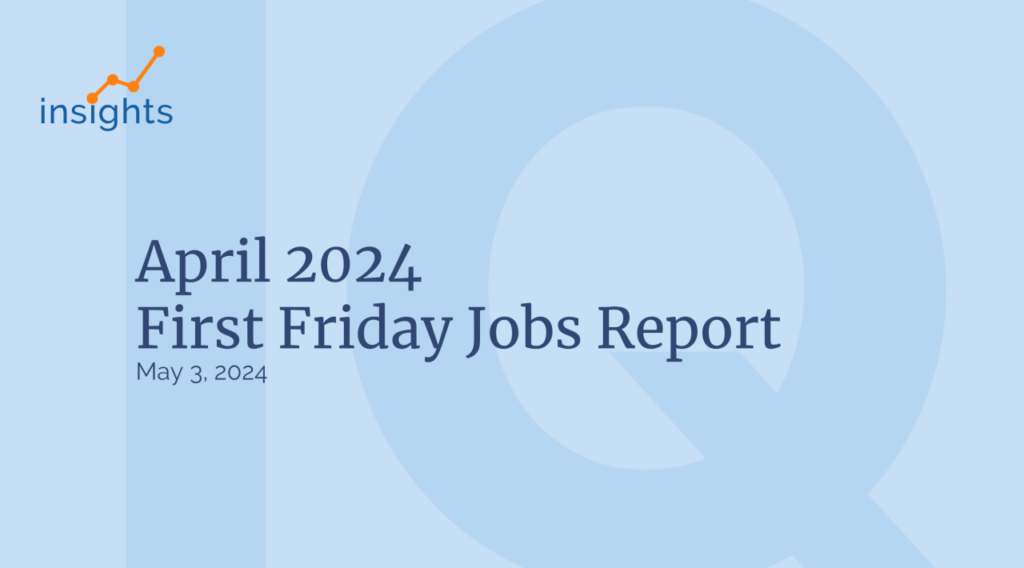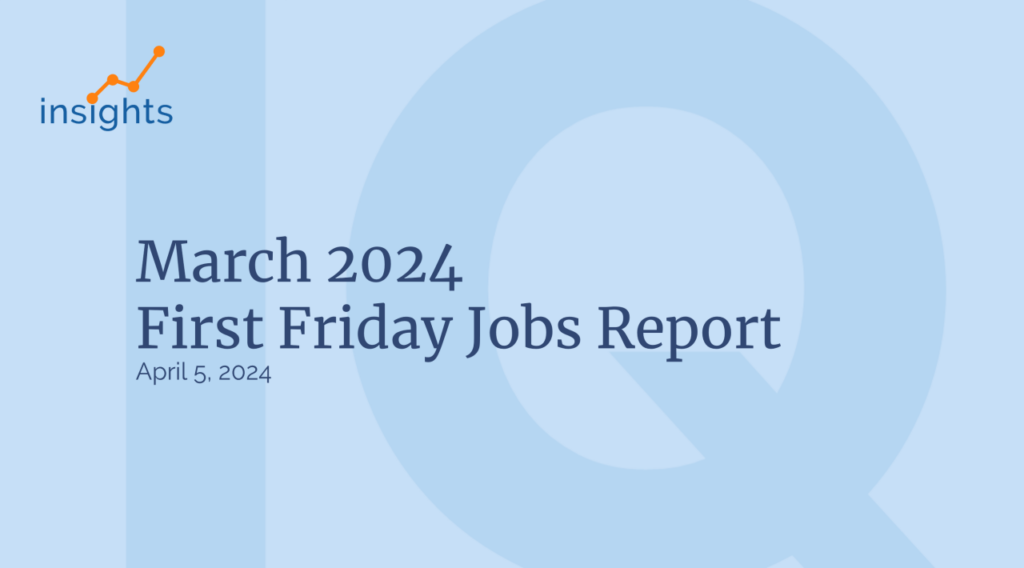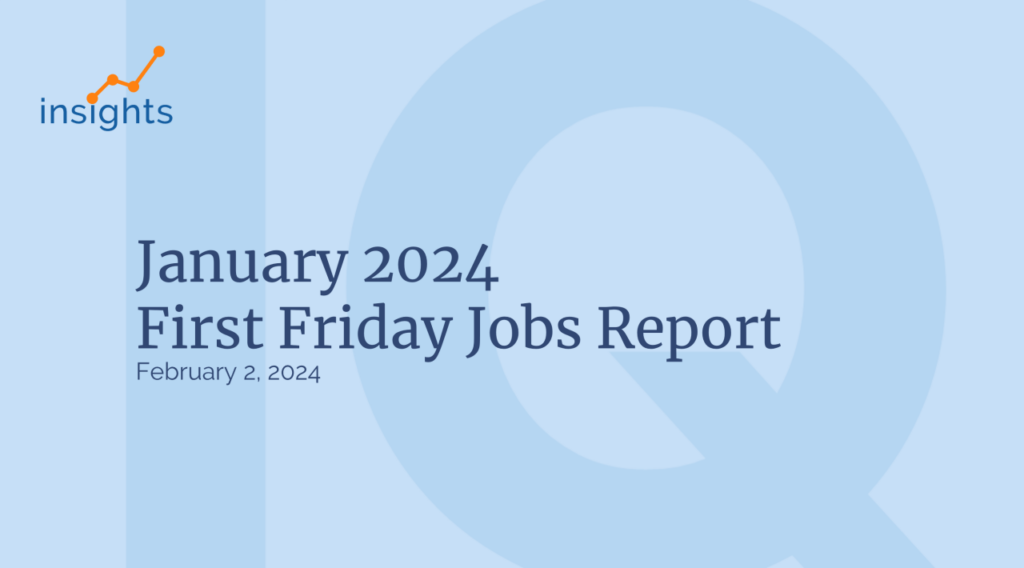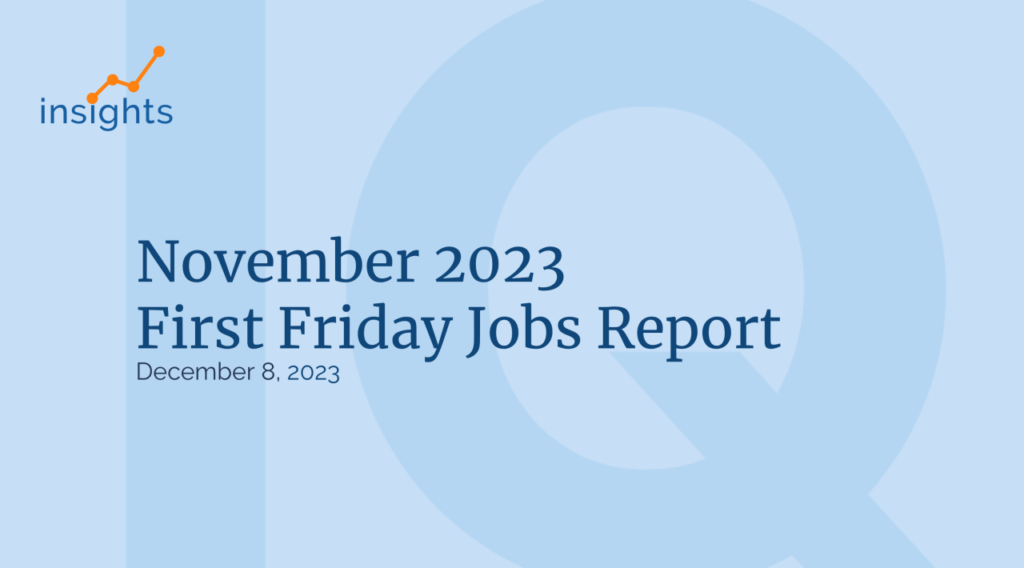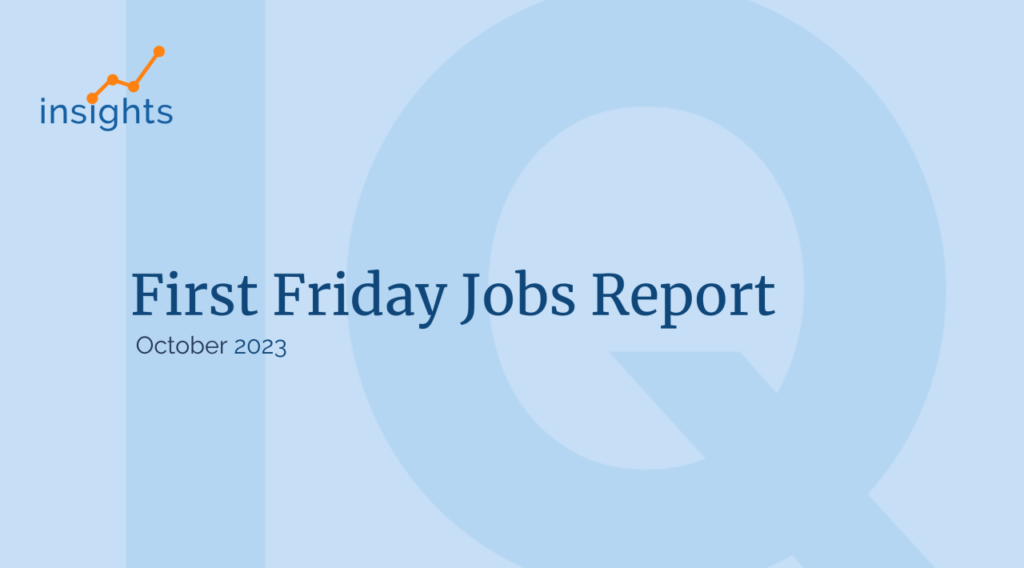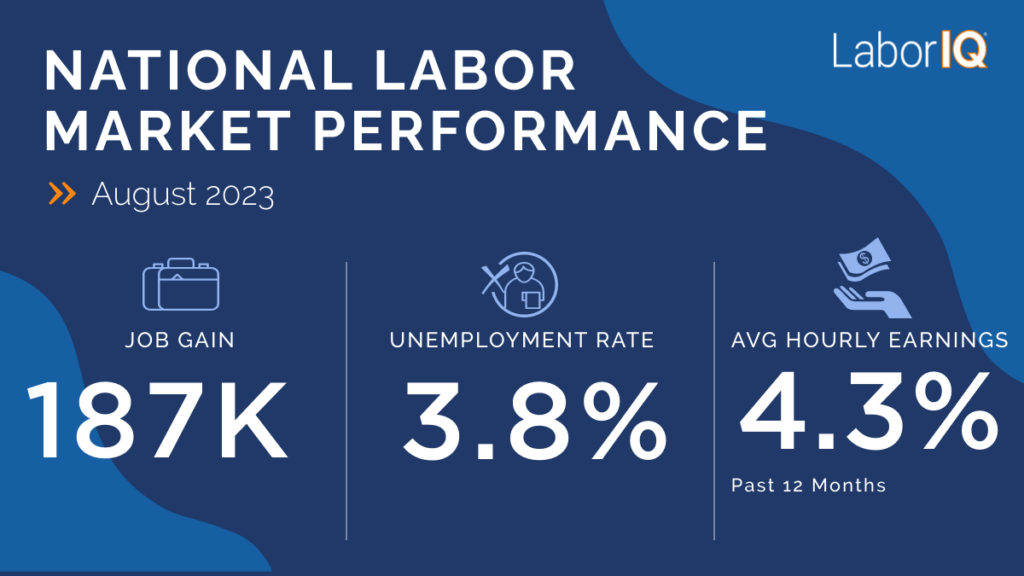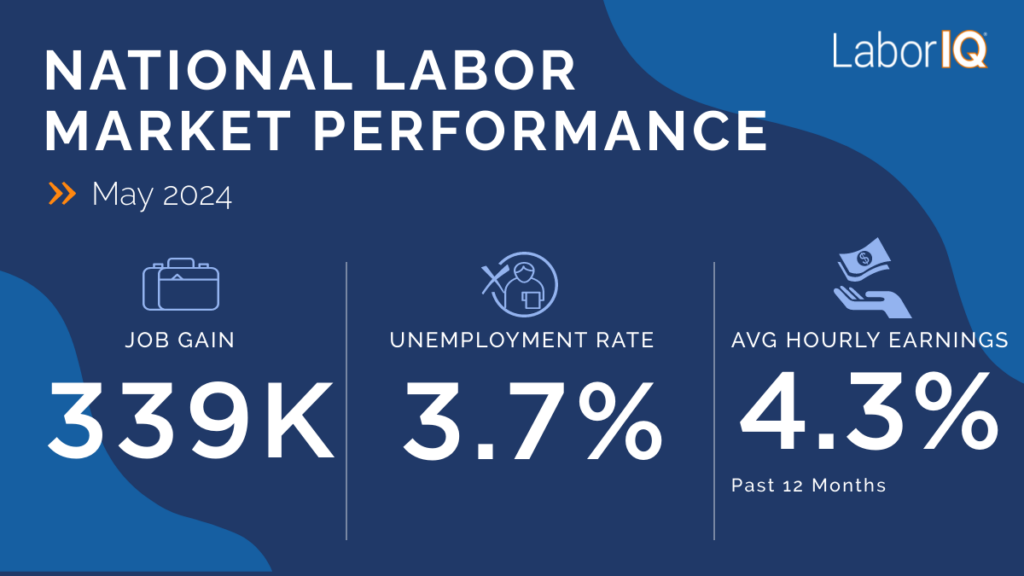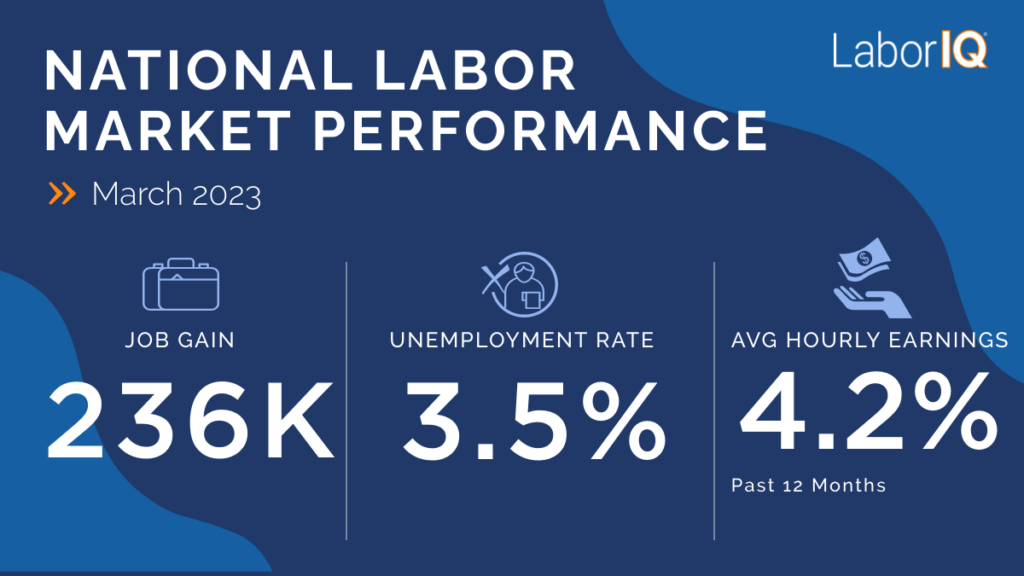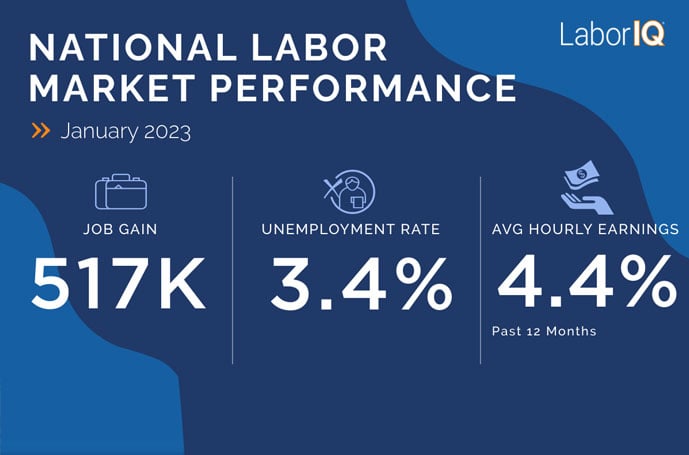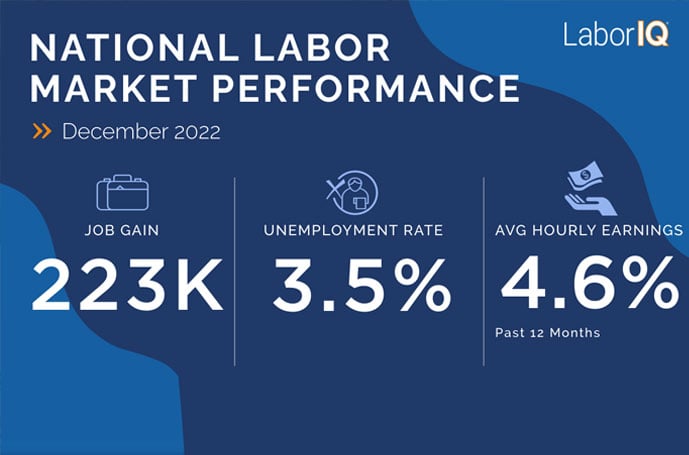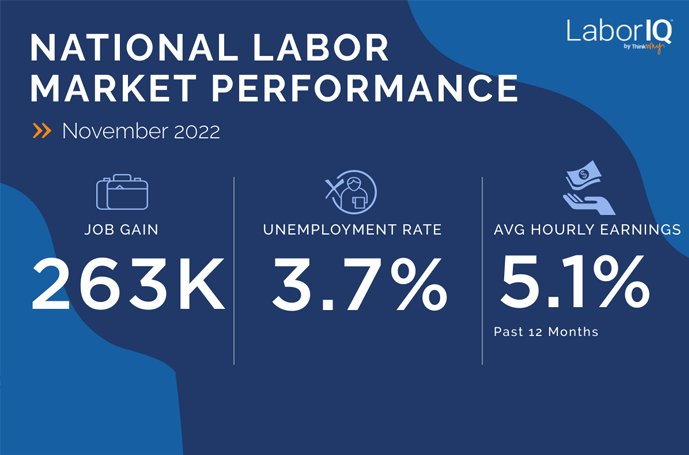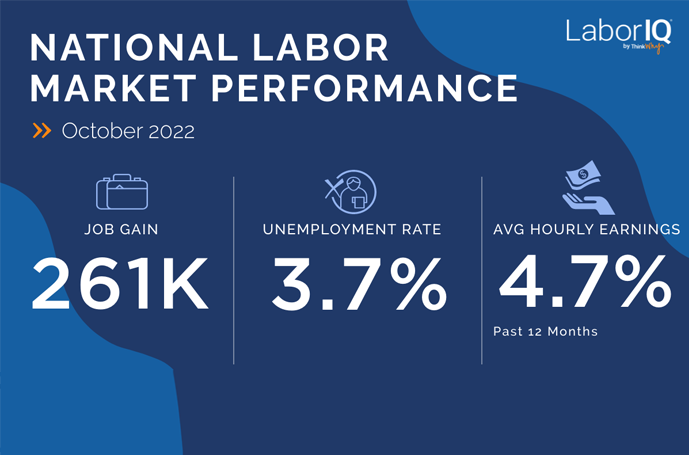Austin-Round Rock’s meteoric rise as a technology and business hub continues to reshape the American economic landscape. Ranking 4th nationally in the LaborIQ Index among 150 major metropolitan areas, Austin delivers an exceptional combination of talent density, economic growth, and industry diversity that positions it as a premier destination for strategic HR investments and business expansion.
Labor Market Excellence and Recovery Leadership
Austin’s labor market demonstrates remarkable resilience and strength across multiple dimensions. The metropolitan area achieved an outstanding 119.3% recovery rate from pre-pandemic employment levels, ranking 1st nationally and signaling robust economic momentum that surpasses pre-COVID benchmarks. This exceptional recovery performance reflects the region’s economic diversification and adaptive capacity.
With a working-age population of 1,188,296 (ranking 21st nationally), Austin provides substantial talent scale while maintaining the agility and innovation culture that defines the region. The metropolitan area’s 4th-place composite ranking in the LaborIQ Index validates its position among America’s strongest labor markets, combining demographic advantages with industry growth and educational excellence.
Population Growth and Talent Magnetism
Austin’s appeal as a talent destination remains unmatched, with population growth of 1.9% annually ranking 4th nationally. This growth reflects sustained attraction of high-quality professionals rather than random population expansion. Net migration of 38,805 new residents annually (ranking 8th) demonstrates Austin’s continued ability to attract talent from across the United States, particularly from high-cost coastal markets.
Austin’s steady inbound migration gives HR teams access to experienced professionals relocating from high-cost markets—an advantage for long-term talent acquisition strategies. Companies can access a continuously refreshing talent pool of experienced professionals seeking Austin’s combination of career opportunities, lower cost of living, and superior quality of life. The sustained influx particularly benefits technology, healthcare, and financial services sectors where remote work flexibility enables talent relocation.
Employment Growth and Job Market Dynamics
Austin’s job market demonstrates solid expansion with 22,500 new positions added annually, ranking 15th nationally. Job growth of 1.7% (ranking 45th) indicates measured, sustainable expansion that avoids the volatility associated with boom-bust cycles. This steady growth pattern supports stable employment relationships and reduces the talent churn that can disrupt HR strategies.
The region’s employment growth spans multiple sectors, from established technology companies like Dell, IBM, and Apple to emerging fintech, healthcare technology, and clean energy firms. This diversification provides HR professionals with multiple industry pathways for talent development and career progression.
Compensation Landscape and Wage Trends
Average wages of $34.58 per hour (ranking 44th nationally) position Austin competitively within the national landscape while offering significant cost-of-living advantages compared to coastal technology hubs. However, wage growth of 1.8% (ranking 97th) suggests compensation increases are moderating as the market matures, requiring HR strategies that emphasize total compensation packages, career development, and work-life balance.
This wage positioning creates strategic opportunities for HR professionals to develop comprehensive compensation strategies. While base wages may not match San Francisco or New York levels, Austin’s lower housing costs, state tax advantages, and lifestyle benefits create superior net value propositions for many professionals.
Educational Excellence and Talent Development
Austin excels in educational attainment, with 41.3% of the population holding bachelor’s degrees or higher, ranking 10th nationally. This educational strength, supported by 63,339 college degree holders (ranking 24th), provides companies with immediate access to skilled talent across multiple disciplines.
The University of Texas at Austin serves as a primary talent pipeline, consistently ranking among the nation’s top public universities. However, graduation growth of 3.6% (ranking 101st) suggests some moderation in educational expansion, emphasizing the importance of corporate training and development programs to address skill gaps.
Industry Diversification and Business Climate
Austin’s economy extends far beyond its technology reputation. Major employers span multiple sectors including healthcare (Ascension Seton, Austin Regional Clinic), manufacturing (Tesla Gigafactory, Samsung), government (State of Texas agencies), and emerging industries like biotechnology and clean energy. This diversification provides HR professionals with multiple career pathways and reduces economic vulnerability.
Recent business developments include continued expansion of major technology companies, growth in the life sciences sector, and increasing presence of financial services firms attracted by Texas’s business-friendly regulatory environment. The region’s “Silicon Hills” designation reflects its evolution into a comprehensive business ecosystem rather than a single-industry hub.
Housing Market and Workforce Retention Challenges
Austin’s rapid growth has created housing affordability challenges that impact HR strategies. Median home prices have increased significantly, though they remain below coastal markets. HR professionals should consider housing assistance programs, remote work flexibility, and partnerships with suburban communities to address affordability concerns while maintaining talent attraction capabilities.
The housing market’s evolution requires strategic HR responses, including relocation assistance programs that help employees navigate Austin’s geography and suburban development patterns that provide more affordable options while maintaining reasonable commute times.
Strategic HR Recommendations
Organizations entering Austin’s market should leverage the city’s talent magnetism by developing comprehensive relocation programs that assist both local and out-of-state hires. The combination of career opportunities, lifestyle benefits, and cost advantages creates compelling value propositions for talent acquisition across experience levels.
Companies should also invest in partnerships with local educational institutions and technology training programs to address specific skill requirements while contributing to the region’s talent development ecosystem. Austin’s innovation culture supports creative approaches to employee development and retention.
Conclusion
Austin-Round Rock offers a strong mix of talent availability, economic growth, and a favorable business climate that supports long-term workforce planning. The metropolitan area’s 4th-place LaborIQ ranking and 1st-place recovery performance demonstrate fundamental strengths that support sustainable talent strategies and business expansion.
As companies navigate evolving workforce requirements, Austin offers the educational infrastructure, industry diversity, and growth trajectory necessary for long-term success while maintaining the cultural innovation and entrepreneurial spirit that drives continued talent attraction.
Sources:
- LaborIQ Metropolitan Area Rankings 2024-2025: https://www.laboriq.co/
- U.S. Bureau of Labor Statistics Metropolitan Area Employment Data: https://www.bls.gov/regions/southwest/texas.htm
- Austin Chamber of Commerce Economic Data: https://www.austinchamber.com/
- Greater Austin Hispanic Chamber of Commerce: https://www.gahcc.org/
- University of Texas Economic Research: https://liberalarts.utexas.edu/economics/
- Austin Business Journal: https://www.bizjournals.com/austin/
- Federal Reserve Bank of Dallas: https://www.dallasfed.org/
- Texas Workforce Commission: https://www.twc.texas.gov/
SEO Keywords: Austin labor market, Texas employment trends, Austin HR insights, talent acquisition Austin, Austin job market analysis, Texas business expansion, Austin wage growth, metropolitan workforce Austin, Austin migration trends, Texas hiring strategies



